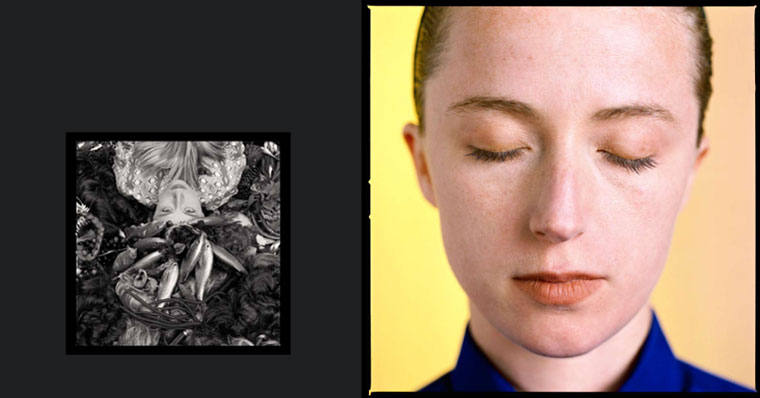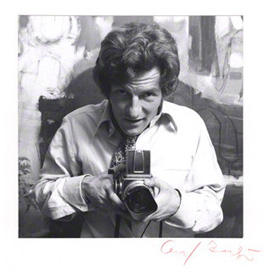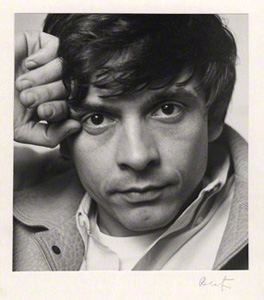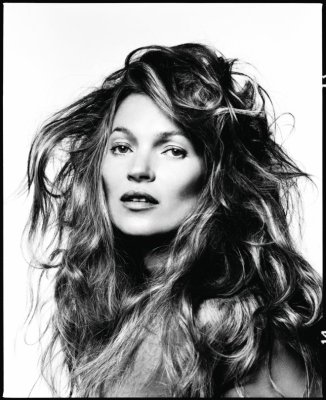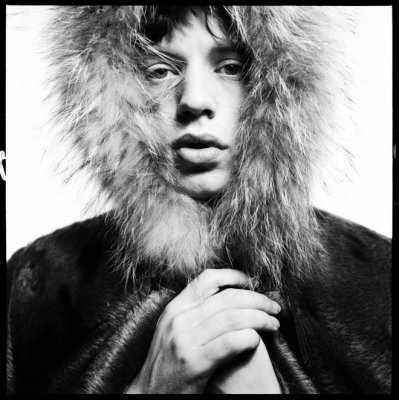Interesting thoughts came about from a tutorial feedback session today where looking at the overall series of photographs I have produced, the photographs vary in style and connotation with the smiling, holding the camera to the face produces images that are more representative of a still life image and ‘cheesy’ advertisements rather than the portrait of the photographer. The portrait itself does not need to be explicit in showing who the photographer is with the camera but one where the facade is removed and cut and the bare skin and person is shown through the photograph to truly portray the portrait of the intended photographer who is rarely seen in front of the camera.
Some of the photographs are great photographs of composition and print quality however do not produce the same effect of the portrait when removing such distractions and bearing the photographer under the skin.
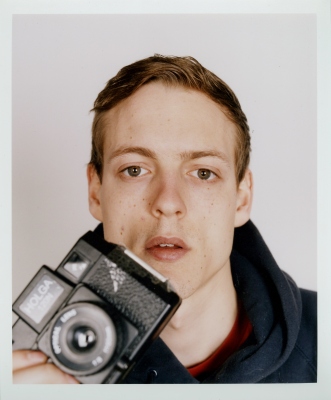
Own Photograph
A possibility to take these portraits further is by looking at photographing from a distance as a full or half body standing photograph with the camera to become a smaller object within the photograph as a feature to relate to the subject of photography, symbolising their work as a photographer if they are standing naturally, off guard with the camera hanging loosely to the side of their body. Another idea is to simply remove the prop of the camera to portray the photographer as themselves as the overall subject rather than the subject with a camera which could be seen as overly literal and distract from the purpose of looking at who the photographer is.
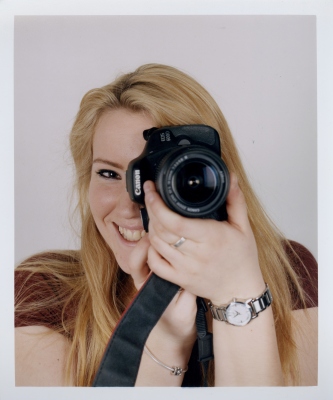
Own Photograph
It has become clear that the work needs to focus upon clarifying the underneath of the photographer with or without the character without it becoming cheesy or unrealistic which is something much more difficult to produce when using a semi static camera that is completely obvious when changing focus and position when aiming for something that is more emotive and truthful to the photographer, getting a sense of the reality from both sides of the camera as photographers have a tendency not to appear in front of the camera for a variety of reasons.
